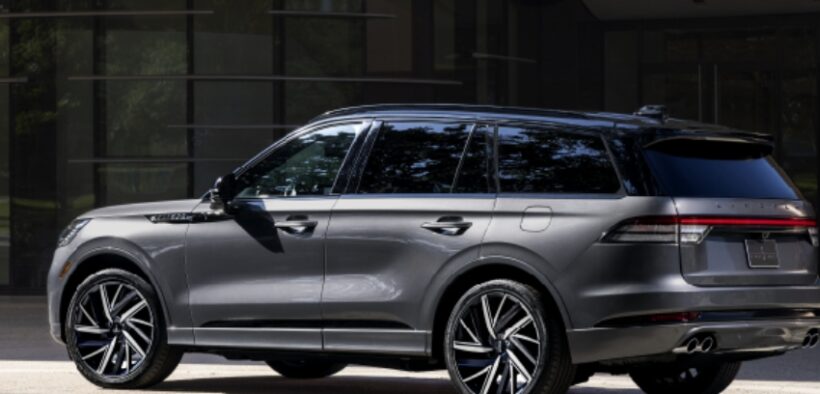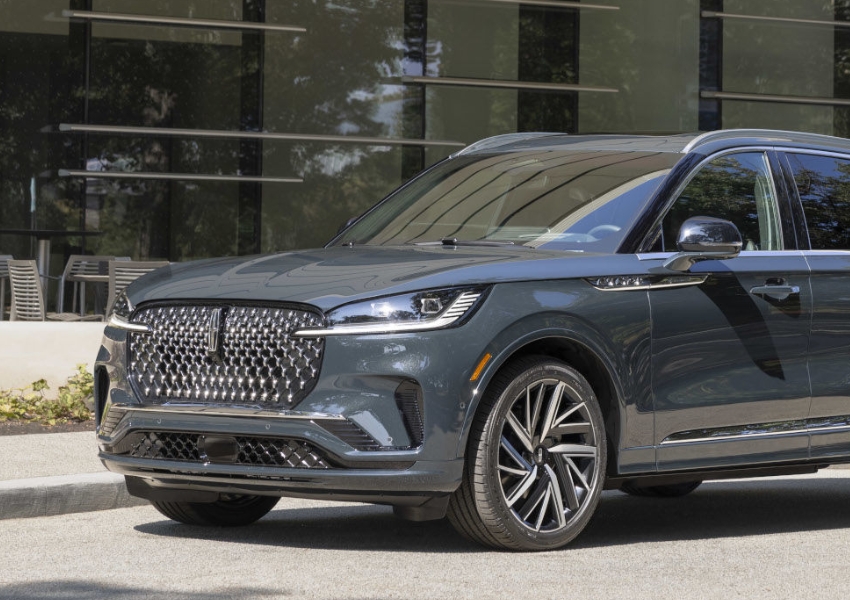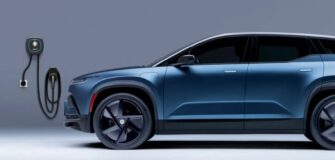Why the 2025 Lincoln Aviator Deserves Your Attention

Image Name: All New 2025 Lincoln Aviator
Stop us if you’ve heard this before: Lincoln is in the middle of reinventing itself—oh, you have heard it? Well, maybe you haven’t heard this one: It’s working. If you haven’t been paying attention, there’s excellence up and down the Lincoln lineup, from the compact Corsair to the extra-large Navigator, with each newly launched model even more impressive than the last. It’s quite the redemption arc, and it also includes the Nautilus taking home our 2025 SUV of the Year award. Another cornerstone has been the Aviator, now thoroughly refreshed for 2025. Does this three-row midsize SUV still fit the narrative?
Building on Strong Foundations
The good news is the new Aviator builds on good bones. The prior version was already ranked third in its segment in the MotorTrend Ultimate Car Rankings on the strength of its rear-drive-biased dynamics, handsome cabin, and elegant exterior styling. It also offered a hot-rod plug-in hybrid setup with 490 horsepower and 630 lb-ft of torque.
Unfortunately, the PHEV is gone, but the powertrain that remains is plenty potent in its own right. A twin-turbocharged 3.0-liter V-6 with 400 hp and 415 lb-ft of torque, it’s good enough to haul the Aviator to 60 mph in 5.6 seconds. Lincoln tuned the 2025 model’s transmission for smoother shifts, and it was successful; this gearbox swap cogs like it’s spreading melted butter. But the engine is a bit too raucous and gruff to jibe with the elevated luxury vibe Lincoln is aiming for these days.
Interior Enhancements
The bigger bummer is that this new Aviator didn’t receive the same huge upgrade to its interior technology that the Nautilus and forthcoming redesigned Navigator did. Those models’ 48-inch, dash-spanning screen is a revelation in how to do digital right, with gorgeous graphics, clever functionality, and a restrained layout that soothes rather than overwhelms. (The screen’s absence also means 2025 Aviator customers don’t get the nifty Rejuvenate feature.) In contrast, you’d be hard-pressed to tell what’s new in the Aviator without an old one handy for comparison.
This doesn’t mean it wasn’t a successful update, though. The central screen now controls the Lincoln Digital Experience infotainment system, and although we experienced some bugs that need to be over-the-air-updated away, the setup is cleanly designed and easy to use. There are in fact fewer physical buttons than before, but—surprising even us—we didn’t miss them. And the materials and design remain attractive and upscale.
Comfort and Space
The middle row is comfortable and spacious, and the Reserve model had heated and ventilated outboard seats, which are always welcome. As before, the third row isn’t particularly roomy, but a sliding second row means you can move it forward to put adults in the way back for at least a short while. After too long, though, they might moan about a lack of leg support or the fact that the high-buck materials in the first two rows are nowhere to be found in the third.
A huge plus: The power folding function for the third row is quite speedy. There are buttons to raise and lower the left and right seats individually as well as simultaneously, and all three operate with one touch. No need to hold the button down as in so many SUVs. This is how all power-folding third rows should work.
 Image Name: Powerful performance with sophisticated interior
Image Name: Powerful performance with sophisticated interior
Driving Experience
The updated 2025 Aviator still handles well, with accurate steering, an eagerness to corner rare in American SUVs, and a silky-smooth personality. Still, a few minor quibbles keep it from holistic excellence. We’d prefer, for example, a mode between Normal and Excite that controls body roll a little better than the former without the heavy steering of the latter. An Individual mode would hit the spot, but you’d still have to select it every time you start the SUV, as the Aviator doesn’t retain mode selections across ignition cycles.
All Aviators feature Ford’s excellent BlueCruise hands-free driving assist, which works on pre-mapped highways and interstates. In the Aviator test vehicle, it was quite good at staying within its lane, and you’ll appreciate that it can execute lane changes, although not automatically. You must first tap the turn signal stalk to prompt the system to look for an opening.
Pricing and Value
Pricing is about right on the money for this segment, as well. The Aviator opens at about $60,000, and the Reserve II model—about as loaded as you can get without stepping up to the ultrafancy Black Label—costs $81,875 as tested. That included Lincoln’s Co-Pilot360 active and passive safety equipment, BlueCruise, the Jet blackout trim package, 22-inch wheels, the Dynamic Handling package with air suspension, and the Luxury package. The latter added 30-way power front seats, glorious 28-speaker Revel audio, and a pile of advanced exterior lighting features. Suffice it to say there wasn’t a whole lot more you might wish your Aviator had (except that big screen).
Comparison with Nautilus and Navigator
The 2025 Aviator’s biggest problems aren’t with itself—they’re the Nautilus and Navigator. When customers stroll into a Lincoln showroom and see those SUVs’ stunning interior reinventions with 48 inches of digital space atop their dashboards, the Aviator may look unimpressive by comparison. But that’s simply the surface; go deeper and live with and drive the Aviator, and you find an impressive alternative to the usual German luxury SUVs with a personality and look all its own. It may not have taken the giant leap forward of its showroom mates, but the improvements made to what was already a fine SUV make it a welcome part of Lincoln’s ongoing renaissance.
Conclusion
If you’re in the market for a new luxury SUV, the 2025 Lincoln Aviator is worth your attention. It combines powerful performance with a sophisticated interior, ensuring a driving experience that’s both exciting and comfortable. While it may not have the massive digital screens of its siblings, the Aviator stands out with its own set of strengths, making it a strong contender in its segment.









